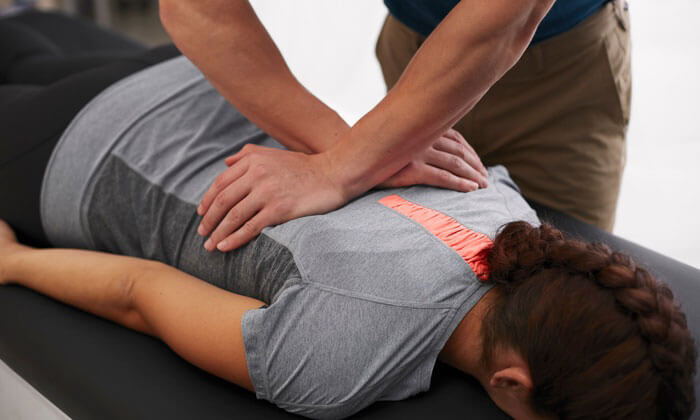Contents
Top 4 Best Sports Massage Techniques
Whether you’re a professional athlete, or just take part in casual exercise, sports massages can do wonders for your body. You can speed up your muscle recovery time and avoid further injury, giving yourself that extra edge in performance that pushes you to a personal best.
When carried out skillfully, not only will the client experience a relaxing and enjoyable therapy, but also the muscle tension will be released and balance will be restored to the musculo-system. This is a major factor in not just healing injuries, but lessening how often injuries occur.
A sports massage therapist will be able to locate any potential problems building up in the joints, tissue, or muscles as they work on a client. Identifying problems before they become serious is much better than trying to treat an injury after it’s presented.
Regular sports massages are vital to the health and well-being of anyone who does strenuous exercise. There are a number of physical, psychological and physiological benefits that cannot be ignored. Here are 4 of the best sports massage techniques, and how they can help you as previously mentioned.

Best Sports Massage Techniques
1. Petrissage
Petrissage and kneading techniques are very effective at working out stubborn knots in the soft tissue. A therapist typically uses pressure with closed fists, or plucking motions to pick and squeeze the skin.
These techniques are commonly used to help stimulate blood flow and speed up the recovery after a tough session working out. A post workout therapy session with petrissage techniques will take the edge off the muscle pain the following day.
Petrissage is used for the following reasons:
- Relaxing tight muscles
- Stretching muscle fibers
- Aiding the repair of damaged muscles
- Helping the body detox
2. Effleurage
Effleurage is different from petrissage in that is involves ‘skimming’ strokes that are a lot quicker and lighter. Oil is used, and the techniques involve sliding across the skin and covering larger areas.
After a brief warm up, smooth, rhythmical strokes make up the most of the massage. The pressure will vary depending on the needs of the client. Injured muscles will be worked on, with the long strokes increasing the blood flow and releasing tension.
Effleurage is used for the following reasons:
- Warming up the soft tissue
- Relaxing muscles
- Stimulating blood flow and improving circulation
- Stretching soft tissues
3. Tapotement
Tapotement includes a range of different strokes and techniques. It’s more of a complete massage therapy than effleurage or petrissage. It’s not always recommended for clients not familiar with massage as it can be quite rough.
These techniques have a hyperemic effect. Client’s skin feels flushed and warm to the touch after a session. The tissue is softened allowing the therapist to work on knots or pulled muscles.
Tapotement is used for the following reasons:
- Stimulating nerve endings
- Increasing muscle tone and stimulating fatty deposits
- Stimulating lymph activity to help detox the body
- Relaxing tight muscles after a workout
4. Friction
Friction techniques are quick and short strokes that are typically concentrated on a certain area or muscle group. These techniques are very effective at healing specific injuries in the soft tissues or muscles.
Therapists will use these techniques sparingly as they are intrusive and the muscles require a lot of time to recover fully afterwards. Bus using the hands of a skilled therapist can speed up the recovery from injury considerably.
Friction is used for the following reasons:
- Breaks down and heal damaged tissue or muscles
- Breaks down scar tissue
- Stimulates the body’s natural healing process
- Increases blood flow and circulation
Check Now :


Leave a Reply